About 500 km north of the Canary Islands, and almost on the same latitude as the Moroccan city of Casablanca, lies Madeira, a small, lush Portuguese island. Though barely larger than the Spanish island of Menorca, 15% of the bananas you find on the shelves in mainland Portugal are grown on Madeira. Banana cultivation is part of Madeira’s identity, which is why it has an honest-to-goodness Banana Museum. We visited it and chatted with director Bruno Silveira.
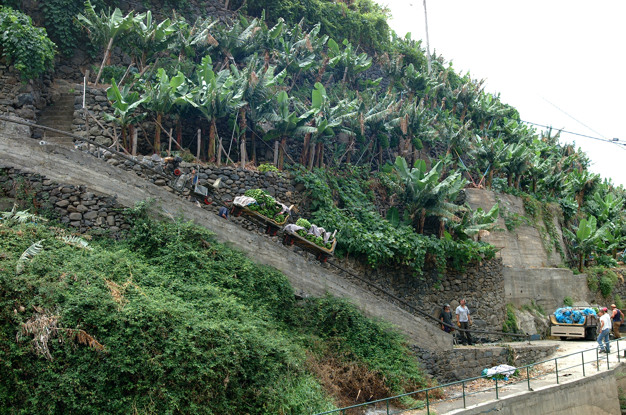
Monorail carries the bunches out of the plantation. These weigh 40-80kg per car
There are around 3,000 active growers on the island, with many doing it on the side. They have an average acreage of 3,000 m2, with most plots scattered across the hills. Those with a hectare or more can make a living growing bananas, Bruno says. And then you also employ one of two people throughout the year. Bananas can be harvested year-round on Madeira, but 60% of production occurs between July and October.
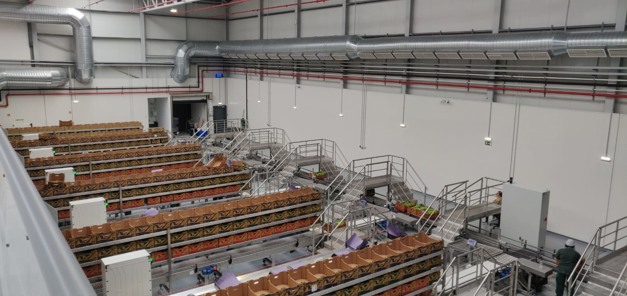
Gesba’s packhouse
New varieties and growing methods bring significant productivity gains
“Only 15 growers have more than three hectares. Early in the 80s, bananas were grown on 1,200 hectares. After that, the acreage steadily decreased until it reached a low of 600 hectares in 2014. Yet there hasn’t been that much yield loss because, with cultivation techniques modernization, new varieties, more efficient irrigation systems, and better fertilization, per hectare yields have improved significantly. That averages 35 tons, but the better growers get up to 60 tons. On the Canary Islands, that’s slightly higher, but they do greenhouse cultivation, and it’s an average of 2°C warmer. That doesn’t seem like much, but it makes a big difference in banana growing,” Bruno begins.
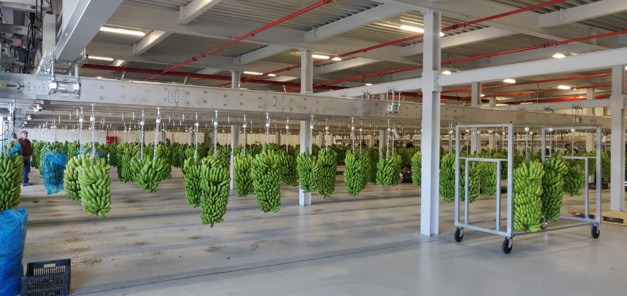
Banana bunches on the way in
According to the European Commission’s Agri GD, 23,945 tons of bananas were harvested in Madeira in 2021. Of that, 18,556 tons were marketed off the island, mainly on the Portuguese mainland. Compare that to the Canary Islands, Europe’s banana growing area other than France’s Martinique and Guadeloupe – both islands in the Caribbean Sea and together accounting for more than 215,000 tons of bananas per year – the Spanish crop clearly stands head and shoulders above them. Based on the Spanish Ministry of Agriculture data, over the past five years, an average of 400,000 tons were harvested annually on the Canary Islands. For several years, that acreage has been fixed at around 9,000 hectares, and the average yield per hectare is 43 tons in outdoor crops and 61 tons in greenhouses.
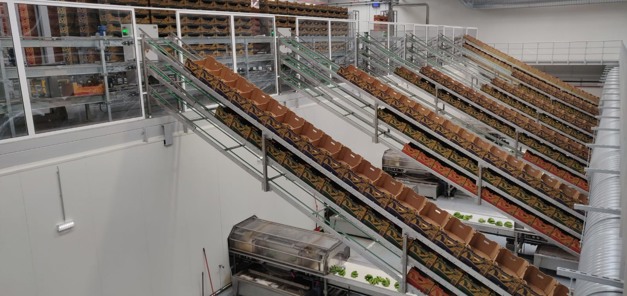
Hotels in place of bananas
“Madeira’s bananas go to mainland Portugal, where they also have products from South America and the Canary Islands. It’s a traditional product, so particularly older consumers invariably choose bananas from Madeira, even though they cost, on average, a half more than Latin American bananas. Our small island’s acreage is limited and has been seriously threatened for the past 20 years or so by the construction of houses, apartments, and hotels. Despite that, I’m convinced banana cultivation is far from going extinct. If you fill everything up, the island loses its charm and thus its appeal as a tourist attraction. Tourism cannot exist without the greenery, and thus not without bananas,” Bruno claims.
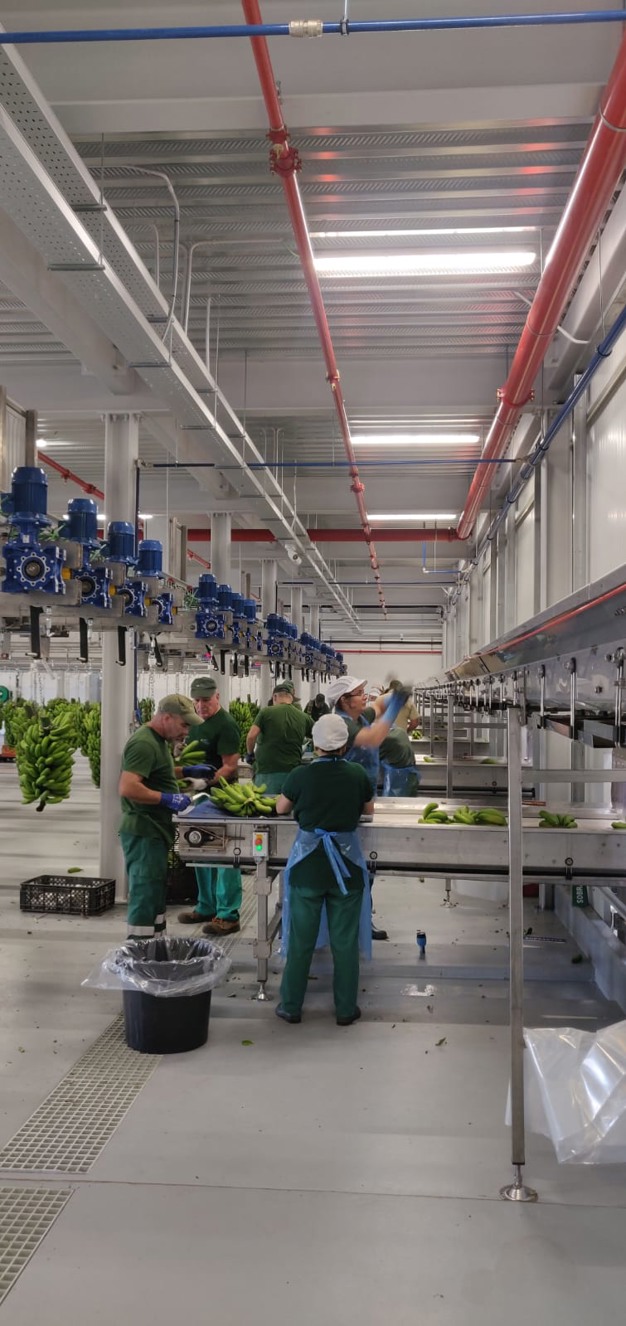
Packing the bananas
Although many older growers sell their plots to project developers who profit from European winter tourist spending, Bruno sees plenty of opportunities for banana cultivation on the slightly less accessible farms in the hills. “Cultivation is shifting to places where no one wants to build, and I don’t see any hotels appearing there in the next 20 years either. Also, some people grow bananas just for fun. Many have trees in their yards and tend them after coming home from work. People will keep doing that; it’s like gardening.”
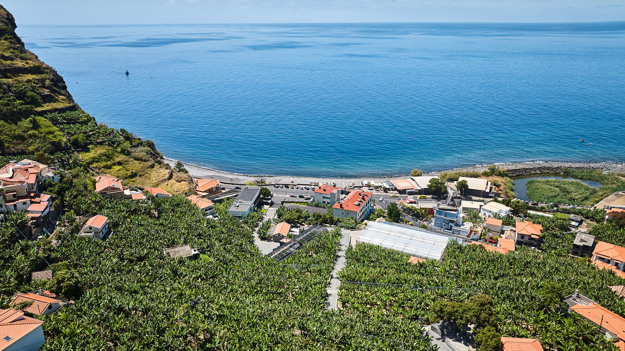
There are banana plantation in between the house. Most growers have a few thousand meters and few have more more than a couple of hectares
Making the sector attractive
A labor shortage is one of the major challenges the survival of banana cultivation on this Portuguese island faces, says Bruno: “Everyone wants an office job with air conditioning. So here, too, there are workers from other countries. Surely, it’s a sign that horticulture needs an upgrade. Because, on average, you need a lawyer once in your life and a doctor three times a year, but you depend on an agricultural or horticultural worker three times a day – at breakfast, lunch, and dinner.”
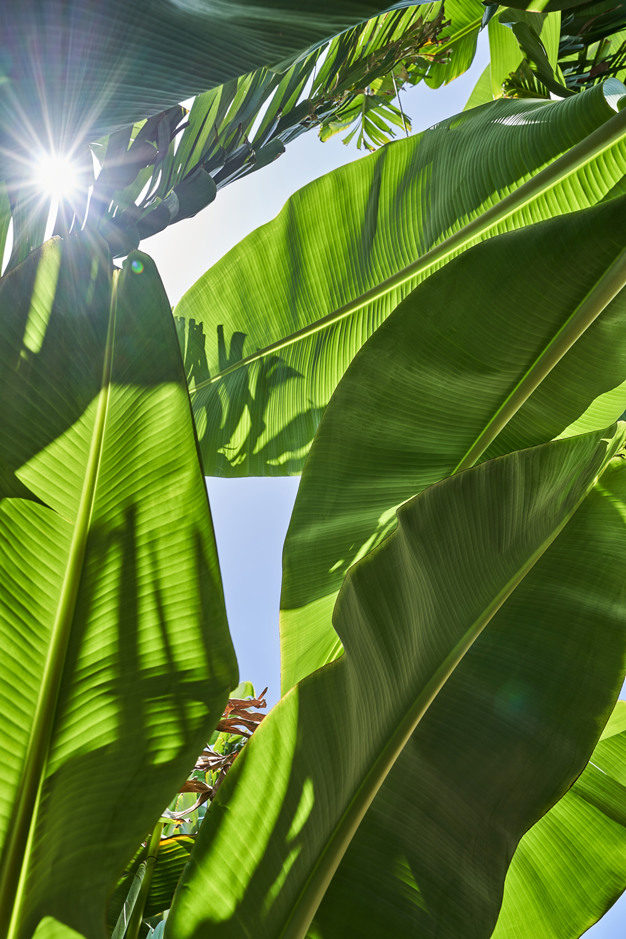
Madeira harvests around 25,000 tons of bananas, enough to supply the EU for one day
To make the sector more attractive to young entrepreneurs, share success stories showing that working in the fruit and vegetable sector can be much more than mere toiling in the field, must be shared. “Many growers, undoubtedly, focus purely on the cultivation aspect without worrying about sales. I believe that’s the wrong approach. There’s so much more to be gained if you take control of the next stage in the supply chain, too. For example, I know of a grower who, forced by unjustified complaints from neighbors about his coastal plantation’s bad odor and pests, sold his plot.”
“He bought a much larger one in the hills where he continues to grow bananas organically for the same amount of money. His average yield is slightly lower, but he harvests many more bananas overall. He now also dries, packages, and markets the Class II product as a value-added product. No banana goes to waste. It’s a lesson for us all to explore horticultural possibilities with an open mind and to think outside the box,” says Silveira.
Organic cultivation to combat Panama disease
Organic cultivation is steadily increasing in Madeira’s banana sector. It currently has a 10-11% share. “It seems to be an effective strategy against Panama disease. Even though there are resistant varieties – none are immune – the island’s organic crop shows surprisingly few symptoms. I suspect the fungus is also present in our soil, but the soil’s greater biodiversity, with its counteracting elements, keeps it in check. I have no proof, but I suspect the greater ecological balance helps control the fungus’ spread and effect.”
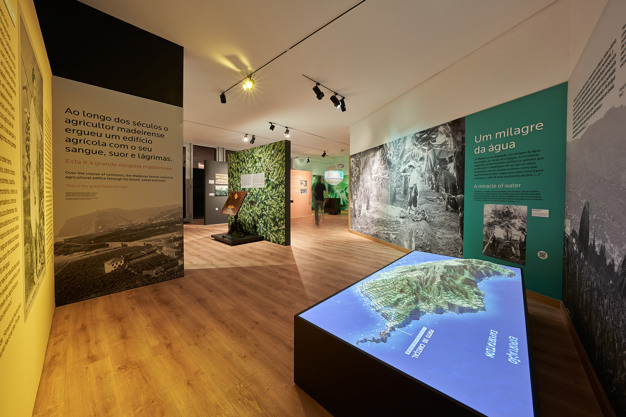
The banana museum offers and insight into the historic and current banana production
Bruno has not used any chemical products on his own bananas since 2010. “We also suffer from thrips, but that’s an aesthetic problem. The insect lays its eggs on the bananas, and the larvae feed on the peel. You don’t need any plant protection products to deal with that,” he says. “Of the 40 tons I harvested last year, I could only not sell 200 kilos as a Class I product. The thrips don’t affect the bananas’ quality, so I used those batches to make smoothies and banana tasting for the visitors.”
Would you like to learn more about Madeira’s bananas? You can always visit the Banana Museum. “We’ll happily tell our story because banana cultivation is part of Madeira’s identity. We have a rich history, and the future certainly doesn’t seem any less bright. Our product is distinctive because of its superior quality, full flavor, great nutritional value, and prized tradition. But Madeira’s inhabitants must dare to shed their underdog mentality even more; like the Canary Islands and the Azores, we, too, should be more proud of our products and history,” Bruno concludes.
For more information:
Bruno Silveira
Centro de Banana de Madeira
9360-592 Ponta do Sol
Portugal
Tel: (+351) 917 306 401
bruno.silveira@madeira.gov.pt
https://bam-centrodabananadamadeira.pt/
Gesba
João Rosa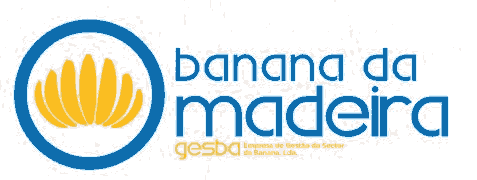
Estrada regional 101 – VE3, N. 2 Lugar de Baixo
9360-592 Ponta do Sol
Telefoon: (+351) 925 407 266
Email: joao.rosa@gesba.pt
Website: www.gesba.pt
Source : Fresh Plaza

